CAPABILITIES
End-to-end consulting, design, fabrication, and installation for your custom bulletproof project.
Consulting & Planning
Creating a bulletproof barrier system requires precision, skill, and diligence. Our in-house ballistic experts specialize in assessing each project on an individual basis, so our solutions are truly customized for your industry and security needs.
In-House Ballistic Experts
Full-time experts around the U.S. are available to consult with you on your next project. We work with you to assess security needs and goals and find the right ballistic solution for your unique situation.
Project Planning
We work closely with you to estimate the project’s scope and timeline. Our planning process is iterative, so if you have questions about your assessment and proposal, we’ll go back and review them to make sure the project matches your vision.


Design & Engineering
After the consulting phase, your project is in the capable hands of a professional project manager. Our engineering department will create detailed designs and ensure your project blends seamlessly with the surrounding architecture of your facility.
Dedicated Project Managers
A professional project manager is your advocate throughout the process and will work to keep you informed and avoid delays.
In-House Engineers
Multiple engineers review every drawing and specification to eliminate any potential issues before your project makes it to the shop floor.

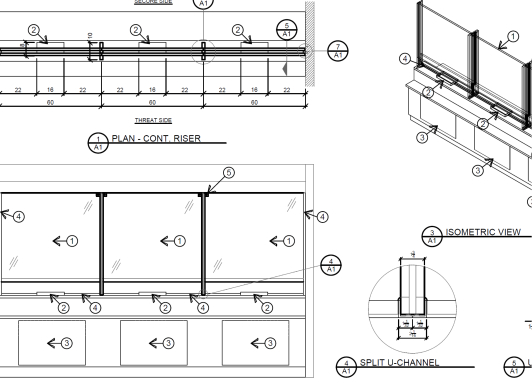

Fabrication & Assembly
Our 45,000 square foot facility with state-of-the-art equipment and dedicated departments means we can handle all phases of production in-house. Systems with multiple components like doors and frames are assembled before leaving the building to ensure everything works exactly as designed.
State-of-the-Art Equipment
Cutting-edge equipment allows us to custom fabricate where most of our competitors sell a pre-fab solution.
- CAD/CNC
- Water Jet Cutting
- Robotic Welding Line
- Automated Aluminum Drilling/Cutting Line
Dedicated Production
Departments
Handling all phases of fabrication in-house makes our lead times one of the fastest in the industry.
- Glazing
- Millwork
- Metalwork
- Paint Shop
- Parts/Hardware
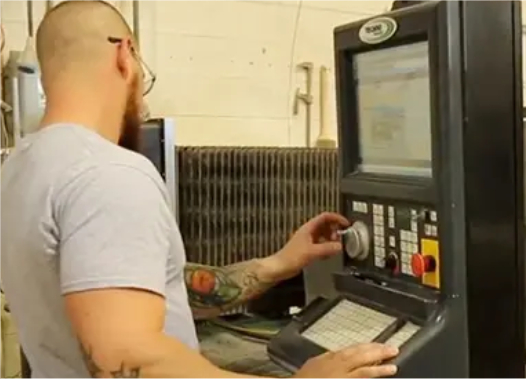
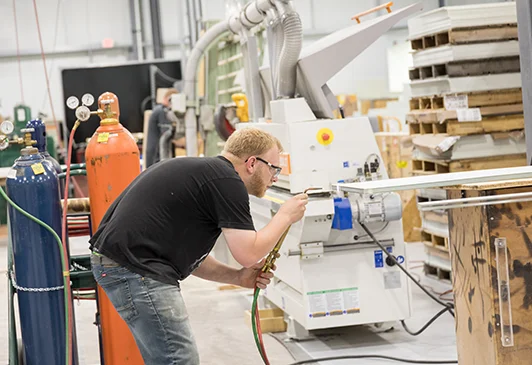
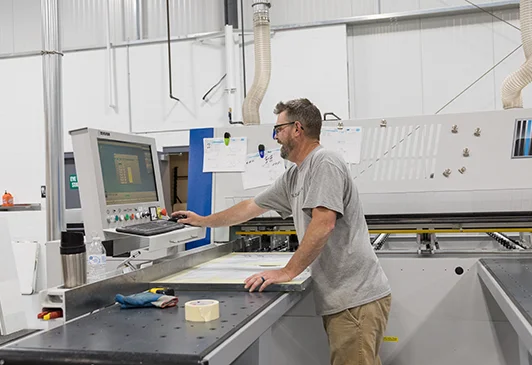
Delivery & Installation
After all components are complete, we carefully pack and ship your system to you. Our trained team can also help with installation if needed. Because your system is precisely designed and manufactured to fit your space, there is very little cutting or drilling required on site.
Nation-Wide Service
TSS is the only truly nationwide custom ballistics system supplier in the industry. With facilities in Michigan and California, we’re well-positioned to serve the entire country.
Trained & Certified Installers
Need help with installation? One of our twelve installation teams can install your system overnight and leave the area clean and ready for business in the morning.
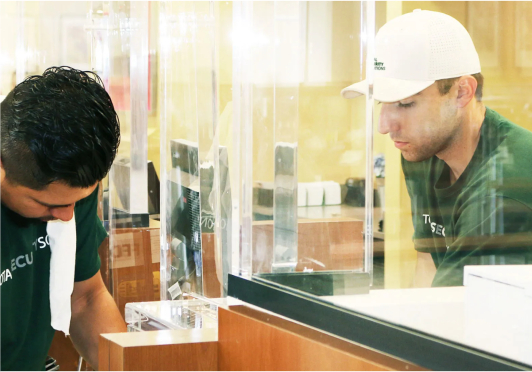
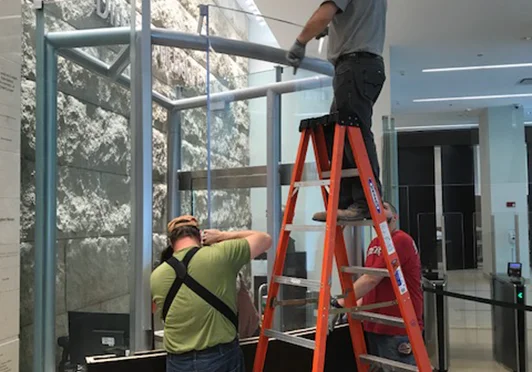
What to Expect When You Work With TSS

We’ll Guide Your Project from Concept to Completion
Using our Proven Process
At TSS we take safety seriously. We’ve been in the bulletproof barrier business for decades, during which we developed a four-step proven process for creating bulletproof barrier systems. This process ensures we get things right the first time, every time. Our Proven Process also lets our customers know what to expect when they choose to work with us. So, at the end of the day, your barrier is exactly what you wanted, on time and on budget. Just the way it should be.
“We specialize in assessing each project on an individual basis, so our solutions are truly customized to meet the task at hand; our work is all about finding the right solution for each unique situation.” — TSS CEO Jim Richards
Get the Ultimate Architect's Resource Kit
Design for Safety + Aesthetics with resources from the industry leader in bulletproof systems.
